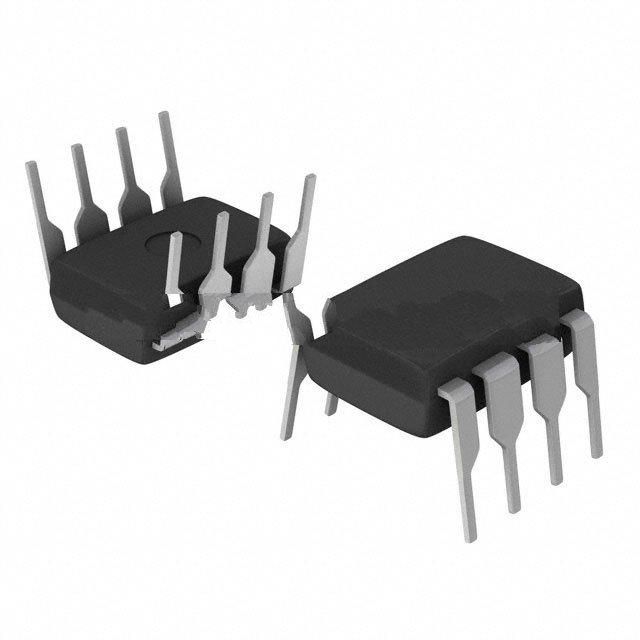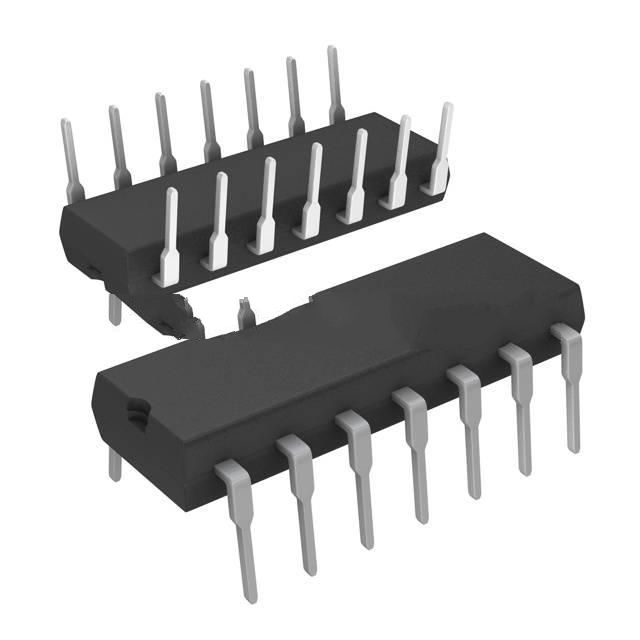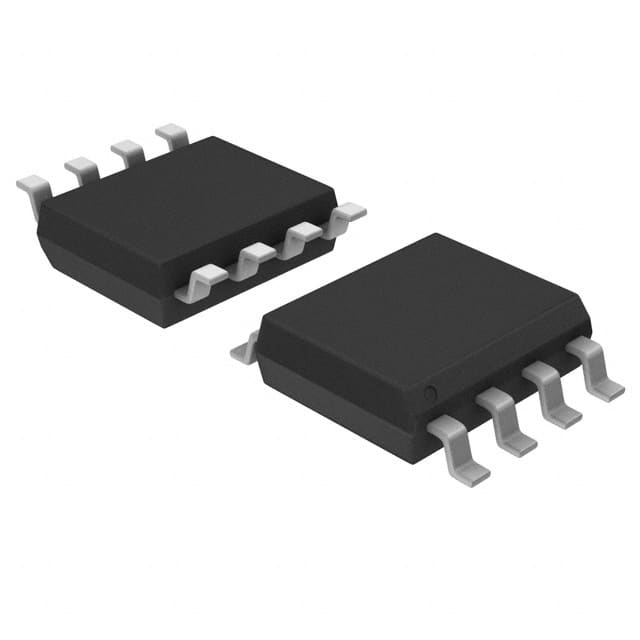ON Semiconductor NCV1455BDR2
- NCV1455BDR2
- ON Semiconductor
- IC OSC SINGLE TIMER 8SOIC
- Clock/Timing - Programmable Timers and Oscillators
- NCV1455BDR2 Datasheet
- 8-SOIC (0.154\", 3.90mm Width)
- Cut Tape (CT)
-
 Lead free / RoHS Compliant
Lead free / RoHS Compliant - 12974
- Spot Inventory / Athorized Dstributor / Factory Excess Stock
- 1 year quality assurance 》
- Click to get rates
| Part Number NCV1455BDR2 |
| Category Clock/Timing - Programmable Timers and Oscillators |
| Manufacturer ON Semiconductor |
| Description IC OSC SINGLE TIMER 8SOIC |
| Package Cut Tape (CT) |
| Series - |
| Type 555 Type, Timer/Oscillator (Single) |
| Voltage - Supply 4.5V ~ 16V |
| Operating Temperature -40°C ~ 125°C |
| Mounting Type Surface Mount |
| Package / Case 8-SOIC (0.154\", 3.90mm Width) |
| Supplier Device Package 8-SOIC |
| Current - Supply 10 mA |
| Frequency - |
| Count - |
| Package_case 8-SOIC (0.154\", 3.90mm Width) |
NCV1455BDR2 Guarantees



• Prompt Responsiveness
• Guaranteed Quality
• Global Access
• Competitive Market Price
• One-Stop support services of supply chain
Jinftry, Your most trustworthy component supplier, welcome to send us the inquiry, thank you!
Do you have any questions about NCV1455BDR2 ?
Feel free to contact us:
+86-755-82518276
+8615019224070, annies65, +8615118125813
568248857, 827259012, 316249462
+8615019224070, +8615118118839, +8615118125813
( Email first will be appreciative )
Customer reviews
ON Semiconductor

ON Semiconductor is driving energy efficient innovations, empowering customers to reduce global energy use. The company is a leading supplier of semiconductor-based solutions, offering a comprehensive portfolio of energy efficient power management, analog, ...

MC100EL1648DTR2
IC OSC VCO 1.1GHZ 8TSSOP

MC100EL1648MG
IC OSC VCO 1.1GHZ 8TSSOP

MC1455P1G
IC OSC VCO 1.1GHZ 8TSSOP

MC1455BP1G
IC OSC VCO 1.1GHZ 8TSSOP

MC14541BCPG
IC OSC VCO 1.1GHZ 8TSSOP

MC14536BCPG
IC OSC VCO 1.1GHZ 8TSSOP

MC14541BFG
IC OSC VCO 1.1GHZ 8TSSOP

MC14541BFELG
IC OSC VCO 1.1GHZ 8TSSOP





















